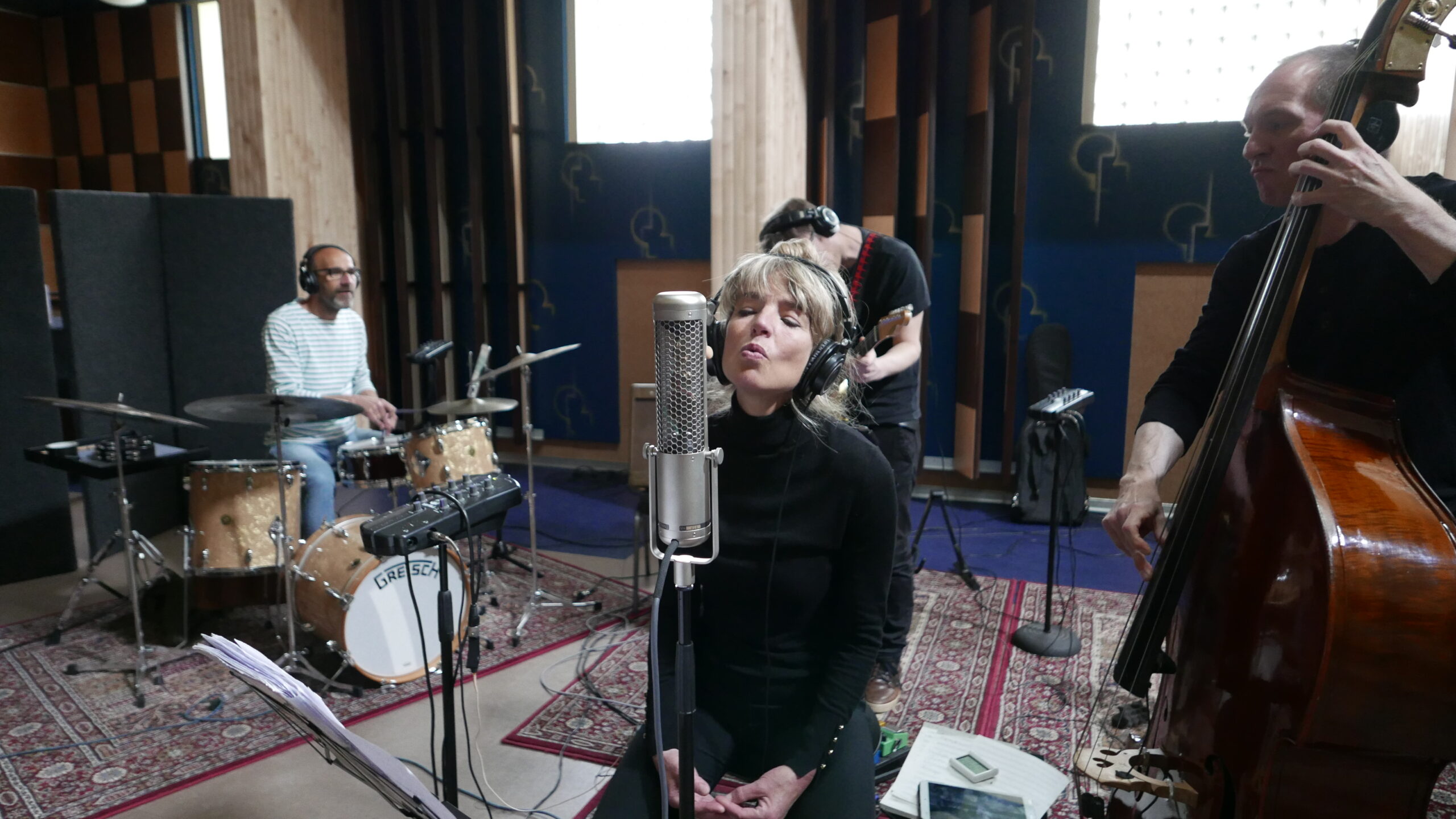
Music capturing and loudspeaker playback
represent the most critical conversion processes within the context of a modern musical chain.
Siegfried Linkwitz took extraordinary care in handling the loudspeaker playback side. Particularly by reducing spatial distortion, when rendering with full-range dipoles.
On the music capturing side, we aim to highlight a technique, that can deliver very natural and authentic results. This technique essentially consists basically of just a stereo microphone, paired with sensible recording skills.
We want to encourage young sound engineers to immerse themselves in this non-mainstream technique. Experience minimal microphoning!
Engage with one-mic experts, have fun, and send us your masterpiece.
Barry Diament (Soundkeeperrecordings) announced the 2025 winners in April 2025 at the AXPONA Audio Show:
Alice van Biesen and Giorgos Dekos.
At the Munich Audio Show, the winners
Alice van Biesen and Giorgos Dekos
received the winner Medal and the prize money of 1000USD
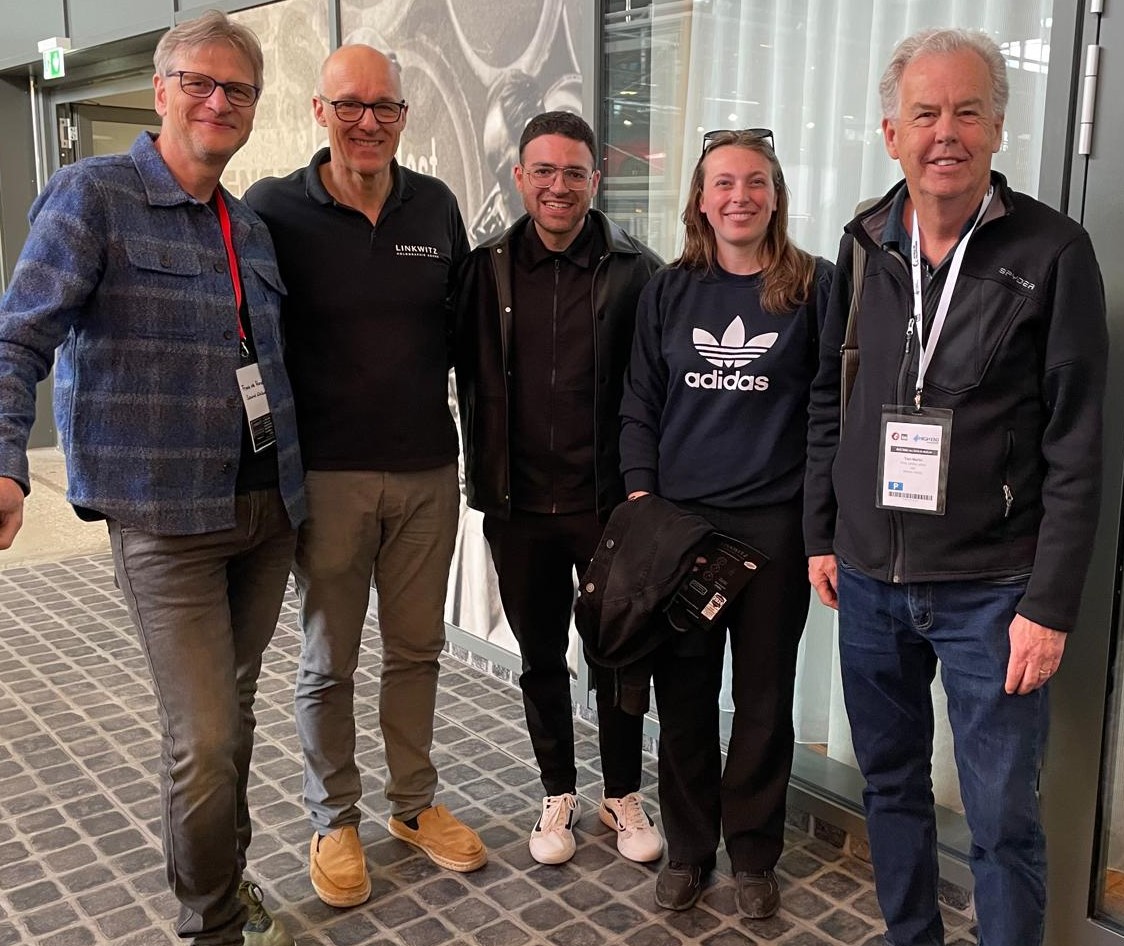
Alice van Biesen and Giogos Dekos among jury members
Now, we would like to encourage young sound engineers
to participate in the actual contest:
LINKWITZ.audio specializes in manufacturing replay systems. So, why do they care about the recording side?
Why are so few recordings done this way?
Why do we prefer to render minimally microphoned recordings on full-range dipole loudspeakers, such as LINKWITZ LX521.4MG, Magnepans, Quads or Martin-Logans?
Terms and Conditions
Participants agree to these terms and conditions by submitting their work.
Judging Criteria
ANNEX 1
List of One-Mic Experts in alphabetical order
Barry Diament / Soundkeeper Recordings, sr@soundkeeperrecordings.com
Doug W. Fearn / Outermarker Records, info@outermarkerrecords.com
Bob Katz / Digido.com, bobkatz@digido.com
Frans de Rond / Sound Liaison, info@soundliaison.com
ANNEX 2
Remarks on Recording Format:
The recording room, along with the setup of musicians and microphones, dictates the result. While the recording format cannot remedy any upstream deficiencies, it can be the ‘icing on the cake’.
ANNEX 3
Tools for pure DSD256 recording
ANNEX 4
Suggested Workflow for pure DSD256 Recording and Post-Processing
To enroll to the contest,
start by contacting us via email
providing your address and contact details.
Partners:
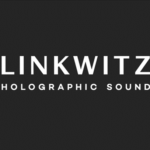
Tom Caulfield,
sound engineer

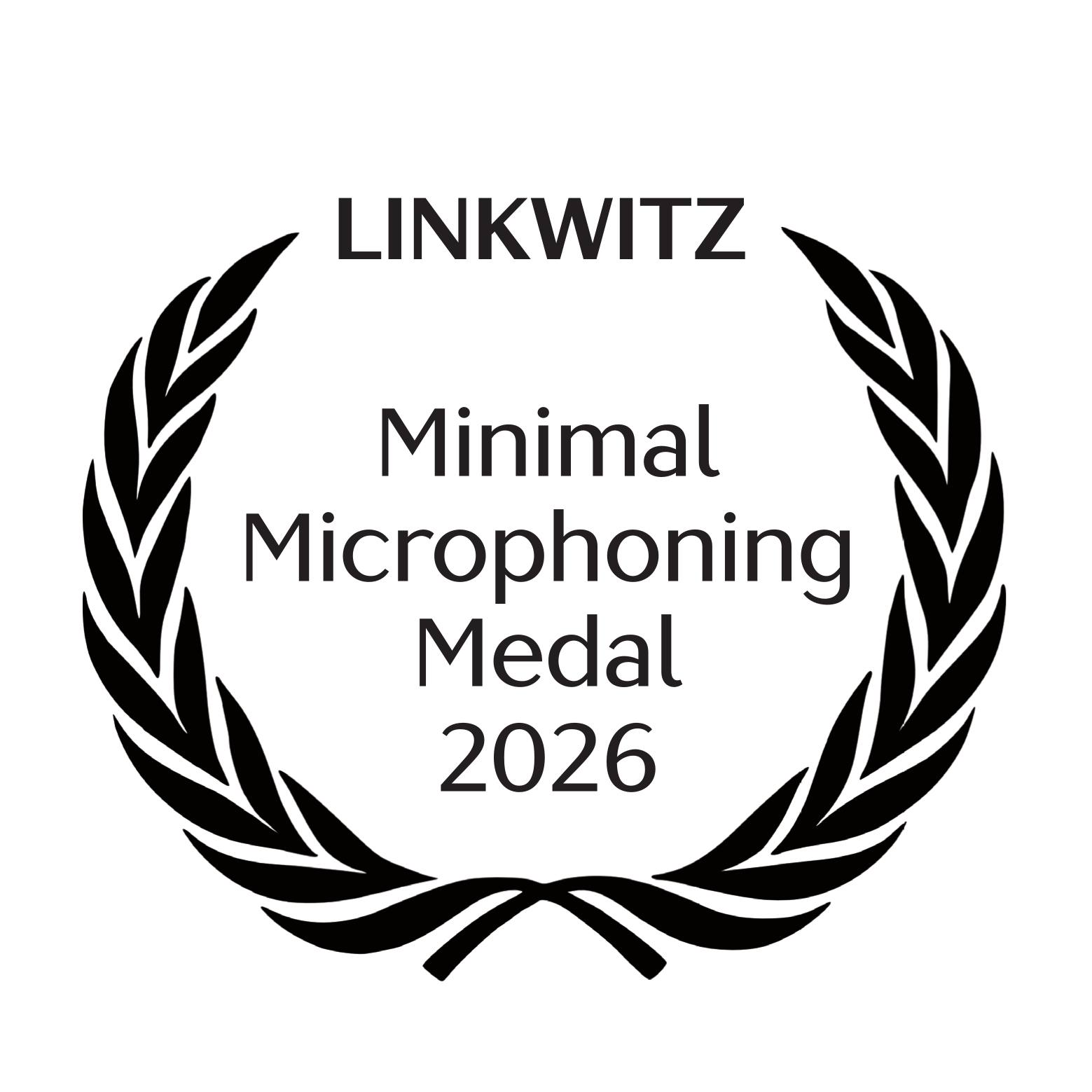
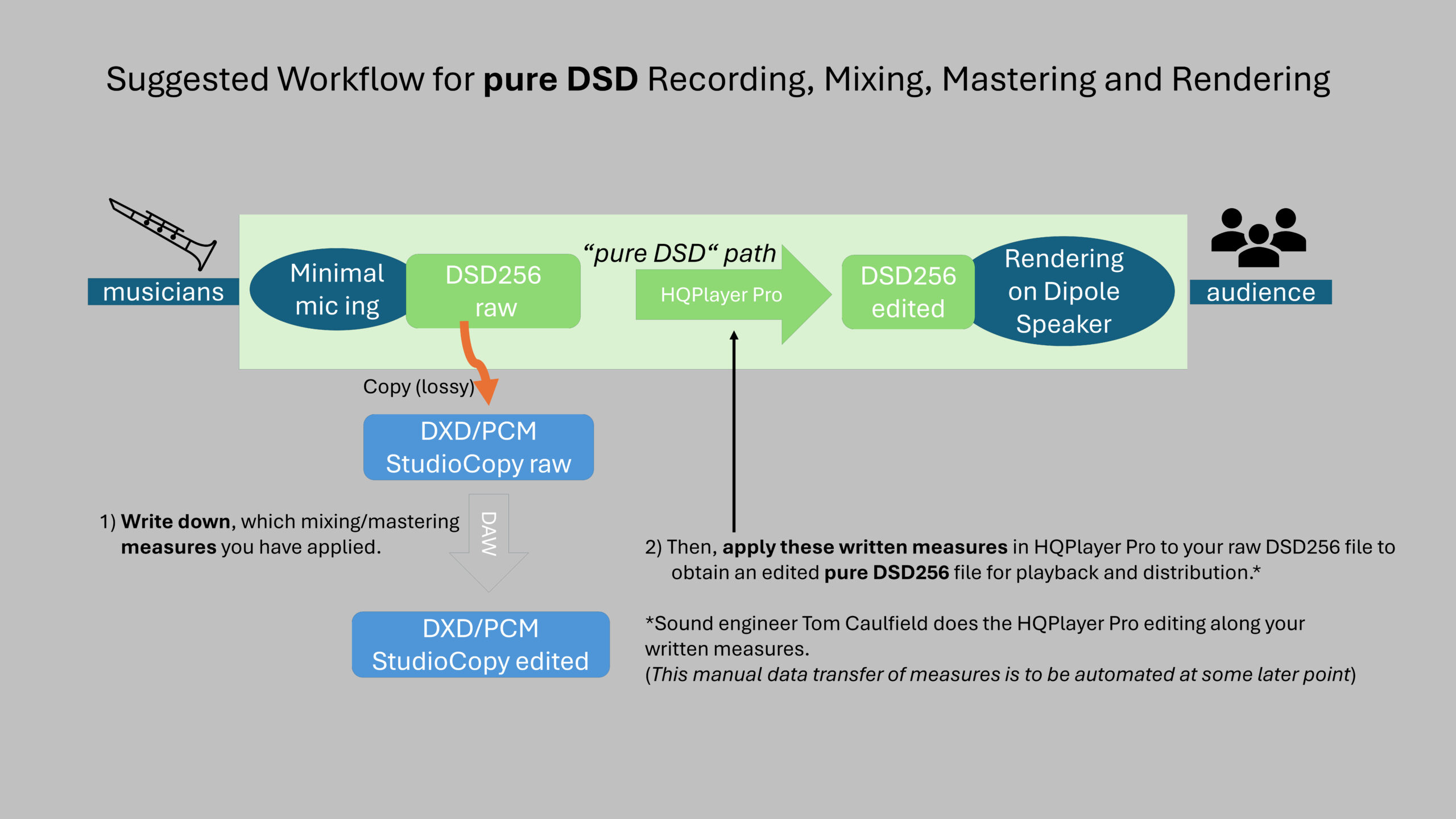


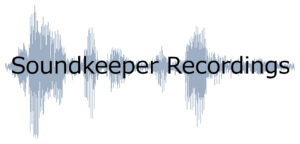
Comments are closed.